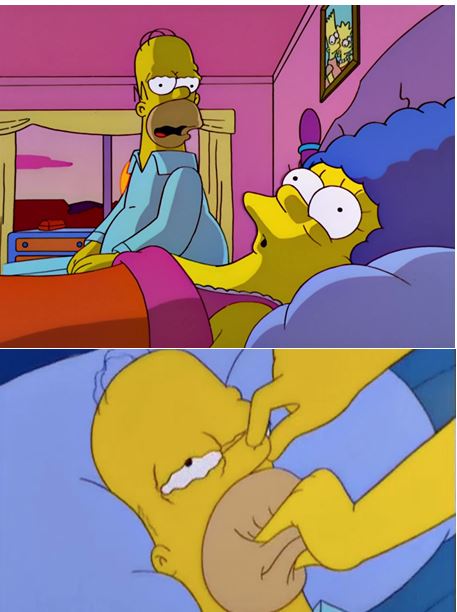
24 May What causes sleep apnoea?
The reason why some develop sleep apnoea is still unclear. Many factors are involved such as obesity, narrow upper-airway anatomy, neurological diseases and hormonal disorders. But even those without that background or a specific phenotype may suffer sleep apnoea.
An article published this month shows that people who snore may have extensive tissue damage in the nerves and muscles of the soft palate. This can, in turn, create problems with swallowing and contribute to the development of sleep apnoea.
These findings were explained in a new dissertation at Umeå University. The thesis developed in the Faculty of medicine of this university, in Sweden, shows that the tissue damage in the soft palate is an important factor that contributes to the development of sleep apnoea and disturbances in the swallowing function. The PhD student Farhan Shah explains: “The nerve and muscles injuries seem to contribute to the collapse of the upper airway during sleep. Most likely, the damage results from the recurrent snoring vibrations in the tissues are exposed to”.
In his dissertation, Farhan Shah reports a study where his research team has examined eight patients who have been snoring for many years and 14 patients with snoring and sleep apnoea. These have been compared to a control group of 18 non-snoring people. The subjects in the study were examined with overnight sleep studies to detect sleep apnoea. Disorders of the swallowing function were investigated with a video radiographic technique. Tissue samples from the participants’ soft palate were analysed to detect muscle and nerve lesions. The results showed that snorers and sleep apnoea patients had extensive damage in both nerves and muscles. The damage was related to the degree of swallowing dysfunction and the severity of sleep apnoea.
The nerves in the soft palate of snorers and sleep apnoea patients showed fewer nerve fibres and supporting cells that help the nerve fibres survive and regenerate. The nerves also had increased connective tissue. In muscle analysis, one could see that a large number of muscle fibres in the soft palate showed changes reflecting a loss of innervation due to nerve damage.
Additionally, it was mentioned that “continued research is needed to see if the treatment that prevents damage to nerves and muscles could cure or at least prevent further deterioration in snorers and sleep apnoea patients. It would be a big win because sleep apnoea is a major public illness”.
References
- Main source: Snorers suffer from nerve and muscle damage in the palate. Farhan Shah, Department of Integrative Medical Biology, defends his thesis on Friday 18 May: Dissertation of the thesis on 18 May 2018. Neuromuscular injuries and pharyngeal dysfunction in snorers and sleep apnea patients. Umeå University. Article available online: http://www.medfak.umu.se/english/about-the-faculty/news/newsdetailpage/snorers-suffer-from-nerve-and-brmuscle-damage-in-the-palate-.cid291647
- Dissertation also mentioned in Sleep Review. http://www.sleepreviewmag.com/2018/05/snorers-suffer-nerve-muscle-damage-palate/?ref=fr-title

